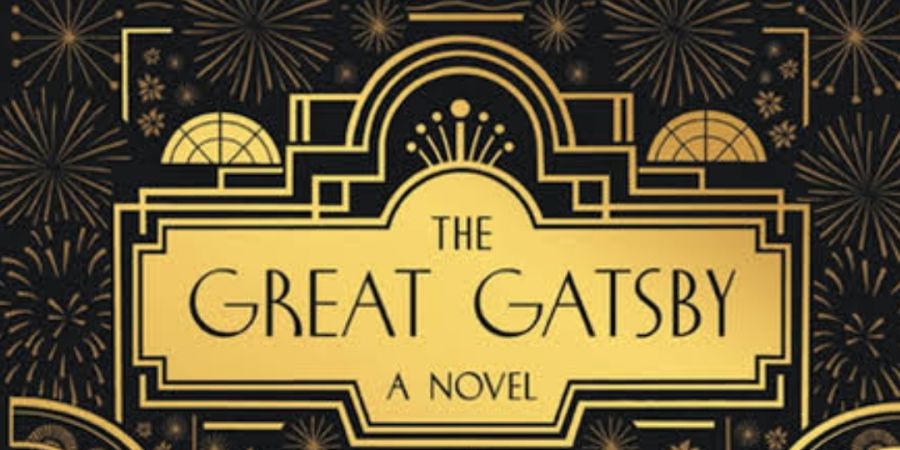

The Great Gatsby, by F. Scott Fitzgerald, is a timeless classic that explores themes of love, greed, and the American Dream. First published in 1925, the novel is set in the roaring twenties, a time of great economic growth and social change in America. The story is narrated by Nick Carraway, a young man from the Midwest who moves to New York City to work in the bond business. Through Nick's eyes, we witness the glamorous and decadent lifestyle of the wealthy elite, including the enigmatic and charismatic Jay Gatsby.
The novel is famous for its intricate and complex characters, each of whom is striving to fulfill their own desires and dreams. At the center of the story is Gatsby, a self-made millionaire who is desperately in love with Daisy Buchanan, a married woman from his past. Gatsby's entire life revolves around winning Daisy's love and he throws lavish parties in the hope that she will attend. The tragedy of Gatsby's life is that he is never able to fully achieve his dream, as Daisy is torn between her love for Gatsby and her loyalty to her husband, Tom.
Fitzgerald's writing is lush and descriptive, and he captures the excitement and energy of the time period perfectly. His use of symbolism is also masterful, as he uses the green light at the end of Daisy's dock to represent Gatsby's unattainable dream. The novel is a commentary on the excess and decadence of the wealthy during the 1920s, as well as the corruption and moral decay that came with it. Through the characters of Gatsby and Tom, Fitzgerald shows the destructive power of wealth and the emptiness of a life lived solely for pleasure.
One of the most interesting aspects of the novel is the way in which it explores the American Dream. Gatsby's rise from poverty to wealth is a classic example of the American Dream in action, but the novel also shows the darker side of this ideal. Gatsby's pursuit of wealth and love ultimately leads to his downfall, and his dream of living happily ever after with Daisy is shattered by the harsh realities of life. Fitzgerald suggests that the American Dream is not always attainable, and that the pursuit of it can lead to disappointment and disillusionment.
The characters in The Great Gatsby are all flawed and complex, and each one represents a different aspect of the society in which they live. Tom Buchanan, for example, is a wealthy and powerful man who represents the old money aristocracy. He is arrogant and selfish, and his affair with Myrtle Wilson highlights the moral decay of the upper class. Daisy, on the other hand, represents the ideal of beauty and grace, but is ultimately shallow and fickle. Gatsby himself is the ultimate embodiment of the American Dream, but his obsession with Daisy leads to his tragic end.
The novel's themes are still relevant today, and it continues to be a popular and influential work of literature. The idea of the American Dream is still a powerful force in American society, and the novel's critique of wealth and excess is still relevant in an age of income inequality and corporate greed. The characters in the novel are also still relatable, as we all struggle with the pursuit of love and happiness in our own lives.
In conclusion, The Great Gatsby is a masterpiece of American literature that explores themes of love, wealth, and the American Dream. Fitzgerald's writing is elegant and poetic, and his use of symbolism and complex characters adds depth and meaning to the story. The novel's enduring popularity is a testament to its relevance and importance in American culture, and it will continue to be read and studied for generations to come.
